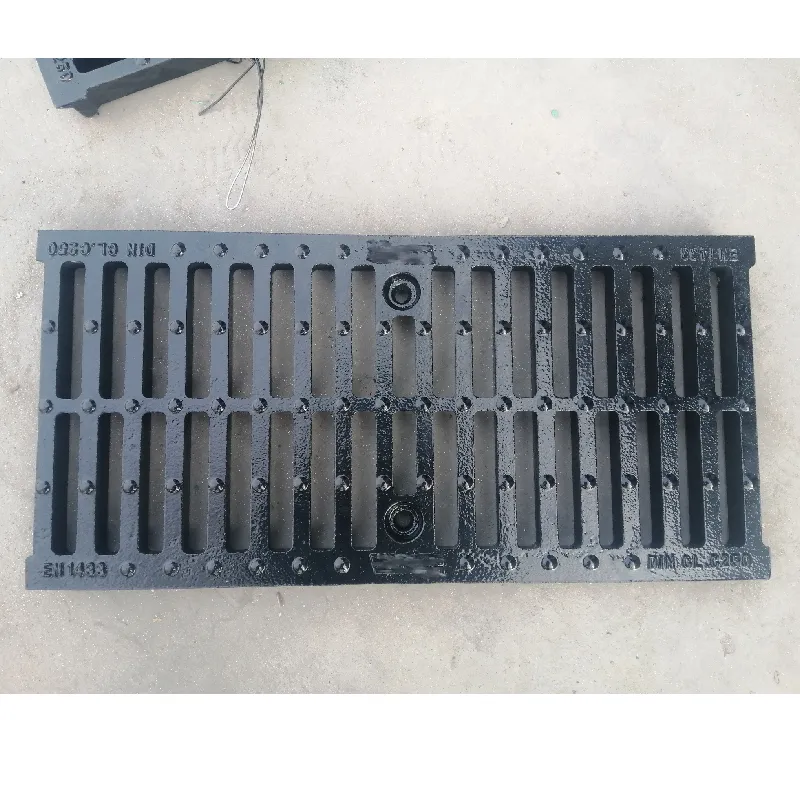butterfly valve jammed
Understanding and Resolving Jamming Issues in Butterfly Valves
Butterfly valves are widely used in various industries to regulate the flow of liquids and gases. Their simple design, consisting mainly of a disc and a shaft, allows for quick operation, making them ideal for applications where rapid opening and closing is essential. However, like any mechanical device, butterfly valves can experience problems, one of the most common being jamming. This article will explore the causes of butterfly valve jamming, its impact on operations, and strategies for resolution.
Causes of Jamming
Jamming in butterfly valves can occur due to several reasons. One of the primary causes is the accumulation of debris within the valve body. Over time, particles such as dirt, rust, or mineral deposits can build up, obstructing the movement of the disc. This is particularly common in systems where the fluid is not filtered properly or where the contents contain solid particulates.
Another significant factor contributing to valve jamming is wear and tear. The components of a butterfly valve, especially the sealing surfaces and the disc, can degrade due to prolonged exposure to flow, pressure, and temperature variations. If the disc becomes warped or the seating surface is worn down, it can lead to improper closure and eventual jamming.
Environmental factors also play a role. In applications where the butterfly valve is exposed to extreme temperatures or corrosive substances, the materials may expand or degrade, leading to a misalignment of the valve components. Furthermore, insufficient lubrication can cause friction between moving parts, leading to jamming during operation.
Impacts of a Jammed Valve
A jammed butterfly valve can disrupt operations significantly. If a valve gets stuck in the closed position, it can cause overpressure conditions downstream, resulting in potential system failure. Conversely, if the valve remains open when it should be closed, it can lead to uncontrolled flow, safety hazards, or even environmental spills.
From a financial perspective, the time and resources required for repairs can be substantial. In industries where downtime equates to loss of revenue, addressing a jammed valve promptly is crucial. Furthermore, the need for replacement parts and additional labor increases costs and can strain budgets.
butterfly valve jammed

Resolving Jamming Issues
When faced with a jammed butterfly valve, it is essential to conduct a thorough inspection to identify the underlying cause. Here are several strategies for resolving jamming issues
1. Cleaning Begin by cleaning the valve and the surrounding area to remove any accumulated debris. Using appropriate solvents and brushes can help restore the valve’s functionality.
2. Lubrication Regular lubrication of moving parts can minimize friction and prevent jamming. Ensure that the lubricant used is compatible with the materials of the valve.
3. Replacement of Worn Parts For valves suffering from wear, replacing the damaged components is vital. Inspect the sealing surfaces, disc, and shaft for signs of wear and replace them as necessary.
4. Adjustment and Realignment If the valve is misaligned, realigning it can help restore its operational capacity. Ensure that the actuator is properly adjusted to avoid undue stress on valve components.
5. Regular Maintenance Establishing a routine maintenance schedule can help prevent jamming from occurring in the first place. Regular inspections, cleaning, and lubrication will ensure the valve remains in good working order.
Conclusion
Jamming in butterfly valves is a common issue that can lead to significant operational and financial consequences. By understanding the causes of jamming and implementing proper maintenance practices, industries can ensure the reliable operation of these critical components. Taking proactive measures not only extends the lifespan of butterfly valves but also enhances overall system efficiency, ultimately contributing to the success of the operation.
-
The Smarter Choice for Pedestrian AreasNewsJun.30,2025
-
The Gold Standard in Round Drain CoversNewsJun.30,2025
-
The Gold Standard in Manhole Cover SystemsNewsJun.30,2025
-
Superior Drainage Solutions with Premium Gully GratesNewsJun.30,2025
-
Superior Drainage Solutions for Global InfrastructureNewsJun.30,2025
-
Square Manhole Solutions for Modern InfrastructureNewsJun.30,2025
-
Premium Manhole Covers for Modern InfrastructureNewsJun.30,2025
